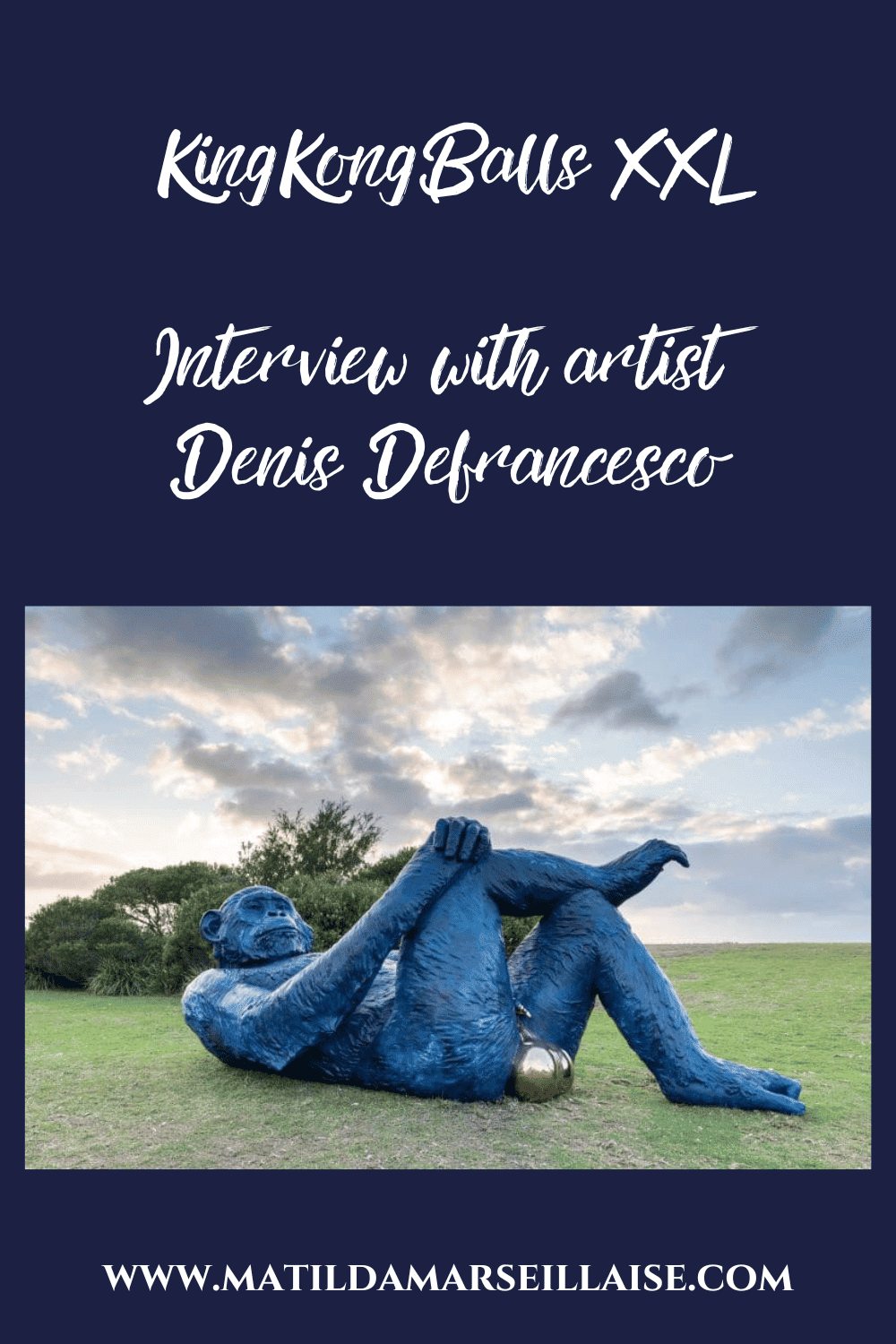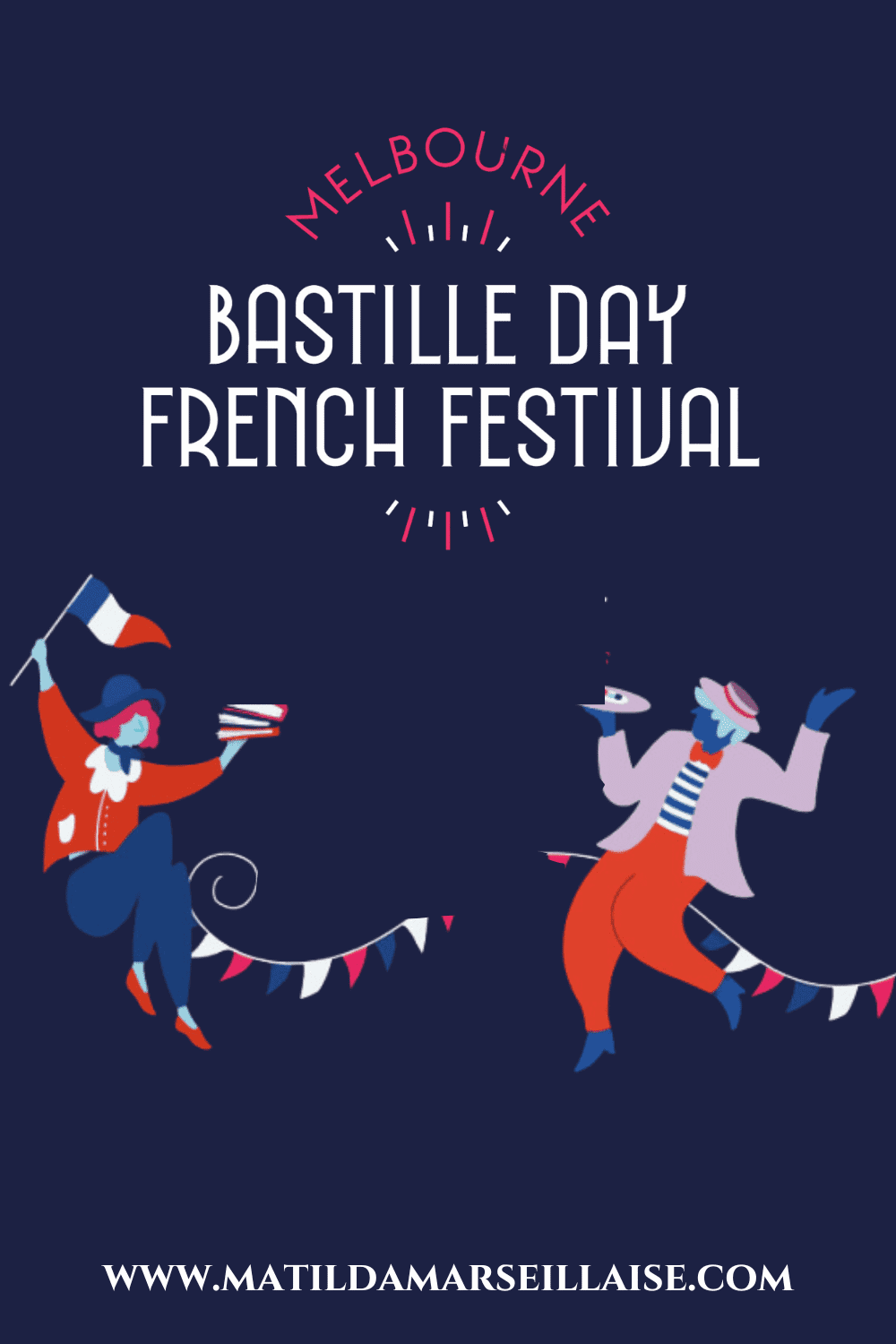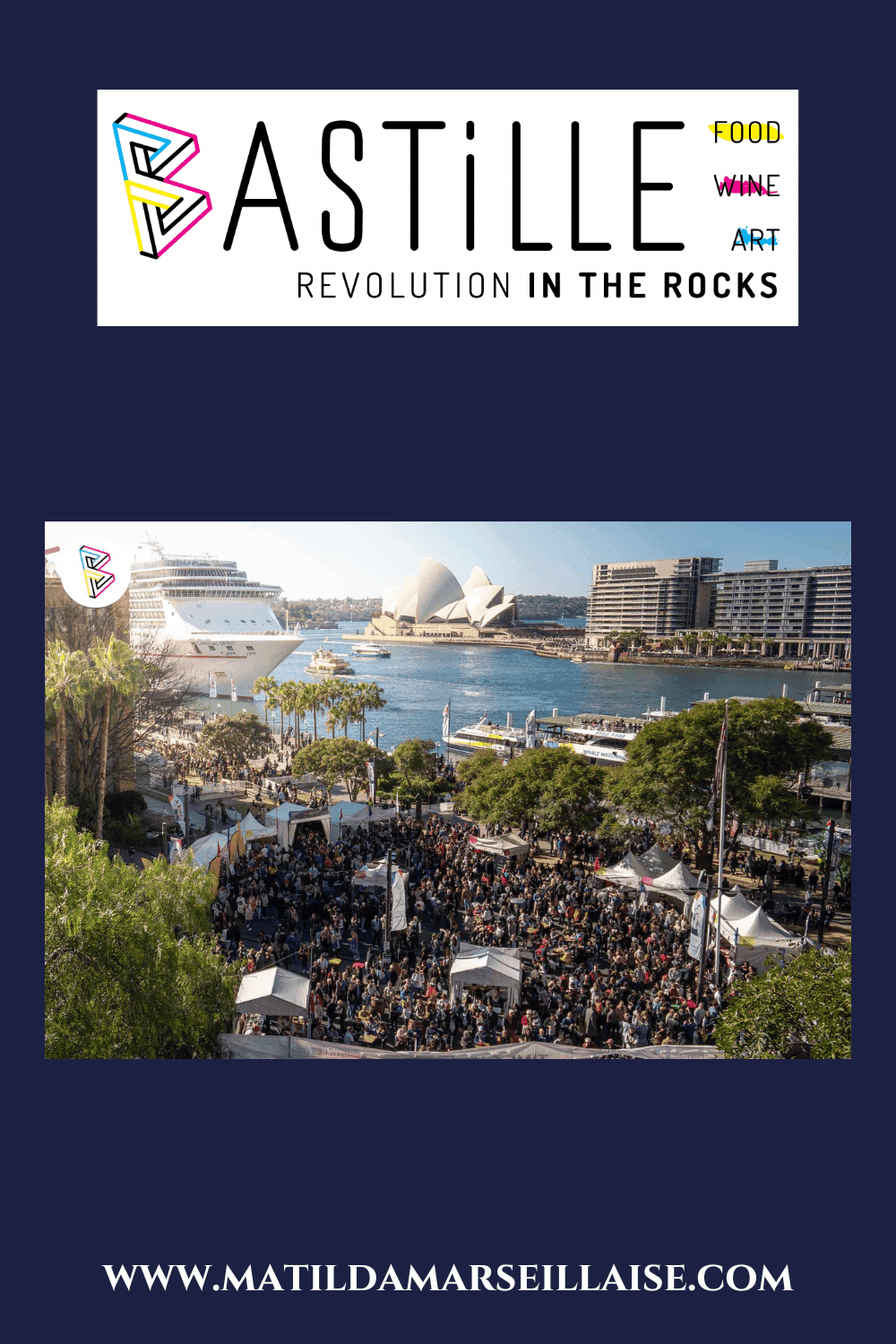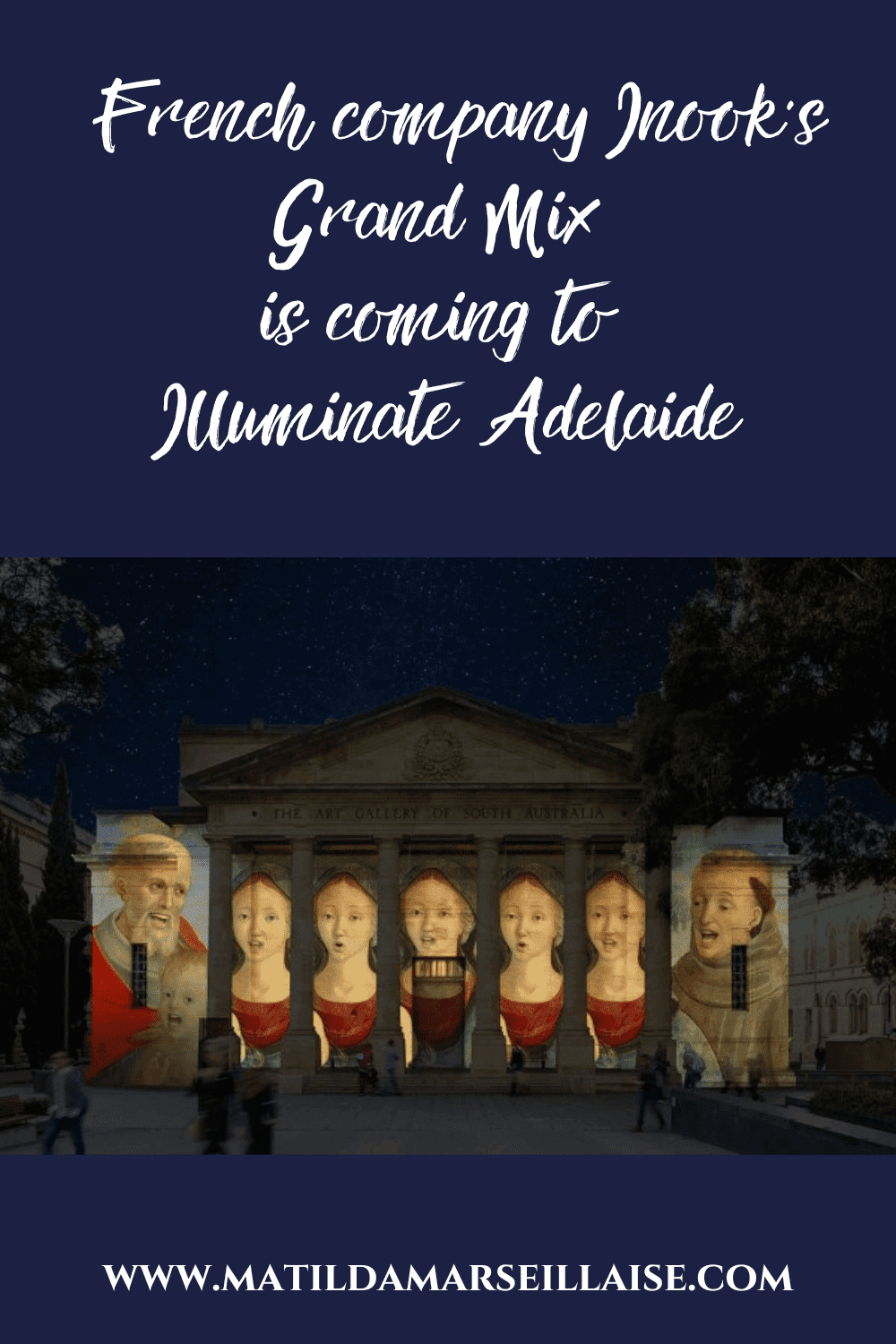At the end of this month, Sydney will host three talks called The Da Vinci Talks at the National Art School of Sydney. These talks will cover the Leonardo da Vinci exhibition which opened at the Musée du Louvre in Paris recently as well as Renaissance art more generally. A separate talk will focus on the effect of the fire at Notre-Dame Cathedral on Parisians. We recently spoke with Jacques Le Roux, the art historian who will be presenting the three talks.

Mr Le Roux, you’re coming to Australia this month for a series of three talks called Da Vinci Talks. Tell us about these talks and the audience for which they are designed?
The Da Vinci Talks are three conferences around themes related to cultural news in France at the moment, namely the “Leonardo da Vinci” exhibition at the Musée du Louvre, the fire at Notre-Dame de Paris and its consequences and the renewed interest for the period of big change that was the Renaissance. The first two subjects allow for an exchange with Sydney audiences of my personal and communal views about this news. The third treats a universal subject which resonates with our current époque. I am a speaker in art history and these presentations are for a wide audience, expert or not, Australian, international or French expatriate. The talks will take place in English.
The Musée du Louvre has just opened its large exhibition of Da Vinci works on the occasion of the 500th anniversary of his death. You know the venue well, having led guided visits for VIPs there for 20 years. Tell us about this exhibition and the importance of Da Vinci 500 years on.
The exhibition « Leonardo da Vinci » which has just opened at the Musée du Louvre is an event given that considering the rarity of the works and the almost sur-human celebrity of the artist. There is large audience expectation and ticket reservations have already shown it to be an impressive success. The exhibition is the fruit of 10 years of work by two commissioners, the Musée du Louvre’s curators Vincent Delieuvin and Louis Frank. We think that we know everything about Leonardo da Vinci and this exhibition shows that our preconceived ideas about him and his career have been partly false.
We realise that painting was the ultimate summit of creative possibilities for Man and that all the other research must be linked to him. And to understand what he wanted to show, he did personal and autonomous research work in all the domains of arts and science which has no equivalent in the history of humanity. 5 centuries later, it speaks to us, because the world today asks Leonardo’s questions: where do we come from and where do we go? He is an inexhaustible source of inspiration.
We all know the Italian masters from the Renaissance period, notably Da Vinci, Michelangelo and Raphael. Why, in your opinion, are the most well-known masters from this period Italian?
The great masters from the Renaissance are, above all, Italians (but there are others: Dürer and Holbein for example) because the Italian political structure at the time has multiple independent territories. Duchies, Republics and Kingdoms… created a fierce competition which was simultaneously military, economic and… cultural. Each territory wanted the best artists to show its modernity through inspired, spectacular and innovative contemporary art. Individual talents were pushed towards the summits by this rivalry at every moment: in Italy at the time, everyone was looking to do better than his competitor, in all domains and in the arts as well. The biggest artists often profited from the situation, passing from one sponsor to another, like Leonardo da Vinci
You are also going to talk about the fire at Notre Dame Cathedral and the effect it has had on Parisians. What is the link between the fire, the cathedral and the works of Da Vinci and others from the renaissance period?
There is no direct link of course: Leonardo da Vinci and the other artists about whom I will speak have never seen Notre-Dame de Paris. But like them, Notre-Dame de Paris has entered into the collective memory and is part of the humanity’s heritage. The Parisians’ emotional reaction of stupor and sadness, the French and a large part of the world felt in seeing the images of the cathedral fire is close to that of the visitors who discover the Mona Lisa or the Sistine Chapel for the first time (but in that case, with marvel and joy). It’s the why of this emotion that is interesting and that we must try to understand.
You’ve had a long career in the arts, having worked at the Musée de Louvre but also having taught art students. How did you come to decide to study art history and to work in this field? What is your favourite renaissance work?
I have always liked images, photo and cinema and so obviously painting which was the first source of images. When I realised that there was an institution in Paris that allowed me to study art history (L’Ecole du Louvre), I signed up and I loved my studied and so decided that I wanted to use them in working in the sector. I started by giving guided visits to talk about art with people who were also interested and I set up my own guide/speaker company quite quickly. That’s how it started.

As for my favourite Renaissance works, it might seem to be an easy answer but the two decorations of the Sistine Chapel by Michelangelo (The vault and the Last Judgement, the School of Athens by Raphael and the Virgin and Saint Anne by Leonardo da Vinci cannot be overlooked: they are beautiful, senses and strength reunited, a sort of artistic perfection that astounds me each time that I see them in reality or even in reproduction. I also like Renaissance portraits a lot (those from the Tudor époque in particular): it’s always very moving to see these people in the eyes through painting.
Anything else that you would like to tell us?
I hope that this first season of The Da Vinci Talks in Sydney will be successful and that the audiences will be happy to see the images that I will present, to learn things and to be able to discuss subjects that are still relevant to us despite the time that has passed. Leonardo da Vinci and Notre-Dame de Paris are both closer than we imagine. I am very happy to be able to come and talk about them at the National Art School of Sydney.
The Da Vinci Talks will take place from 6-8pm on the following dates:
26 November – Leonardo Talk, humanist & visionary
27 November – Notre Dame Talk, the legend & the history
28 November – Renaissance Talk, three timeless geniuses
at National Art School of Sydney. Tickets can be purchased for $55 for adults, $45 seniors and $35 students (plus booking fees) and via this LINK.
What’s your favourite Renaissance work?





